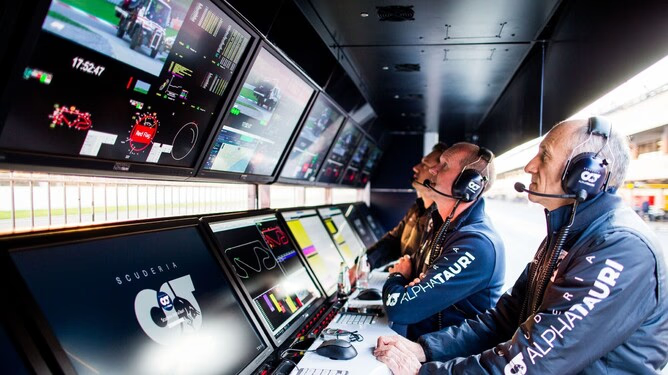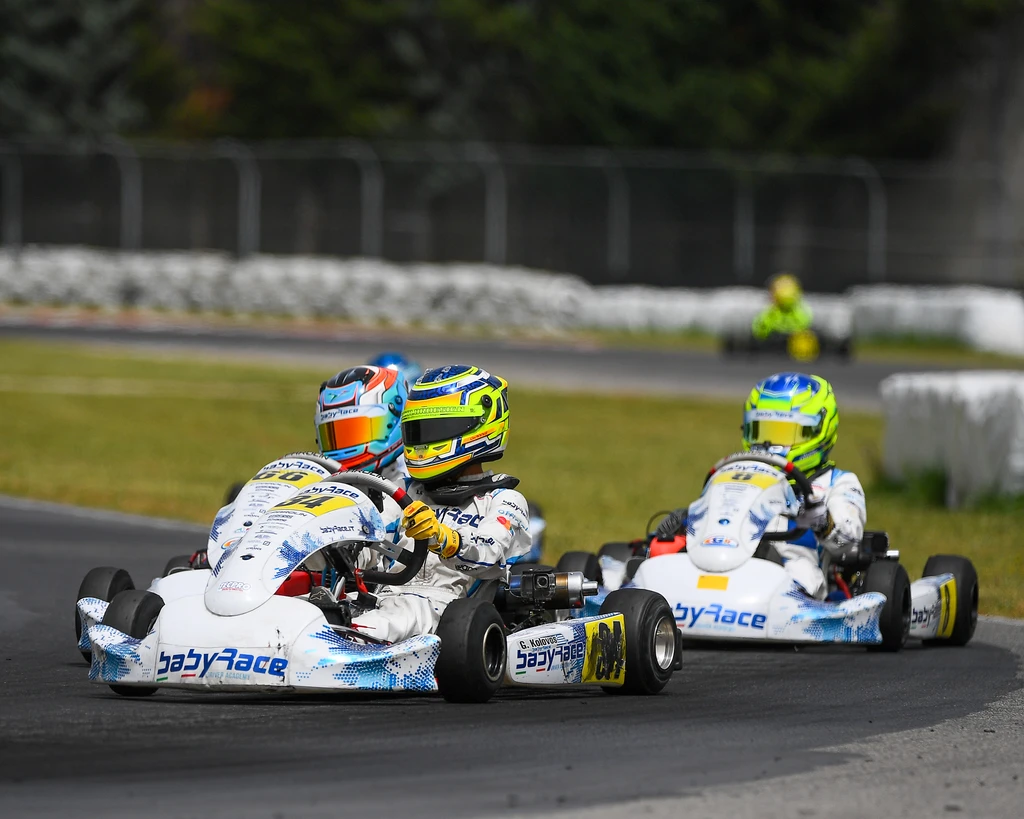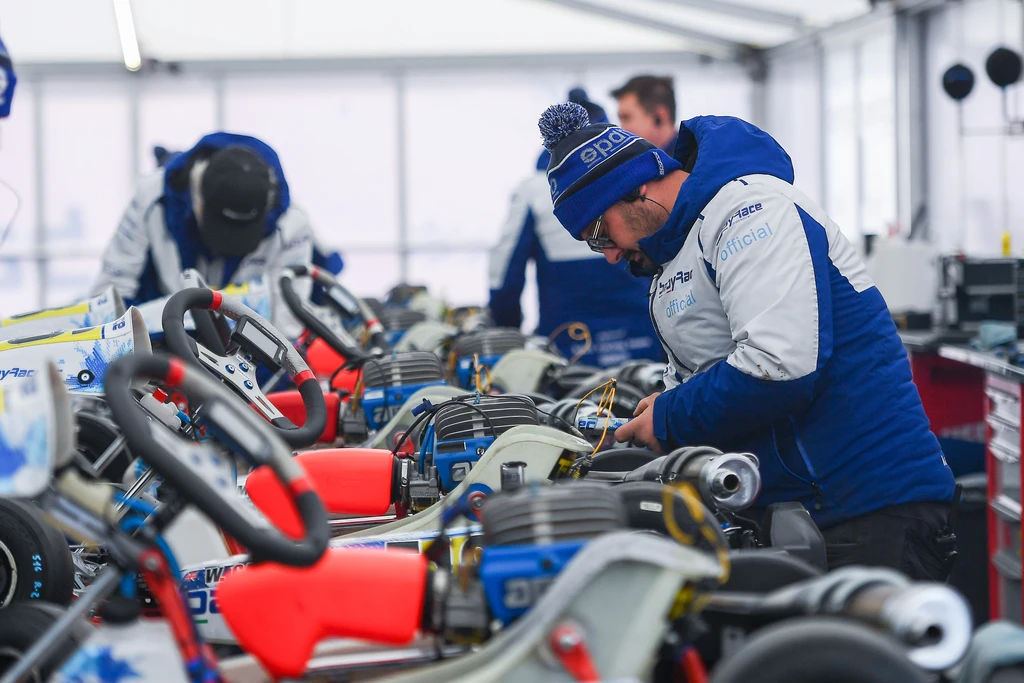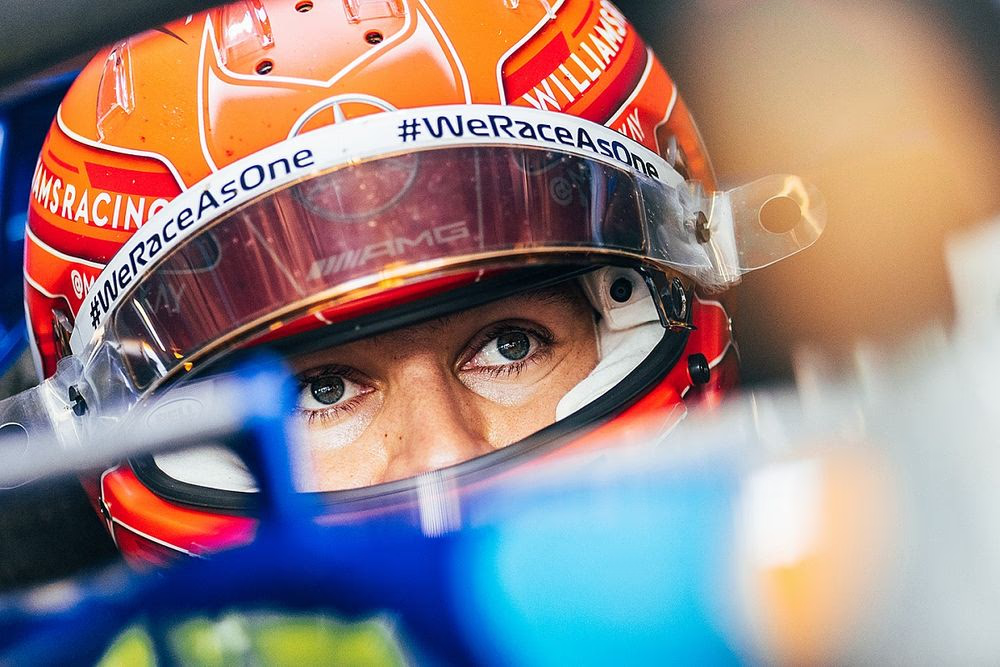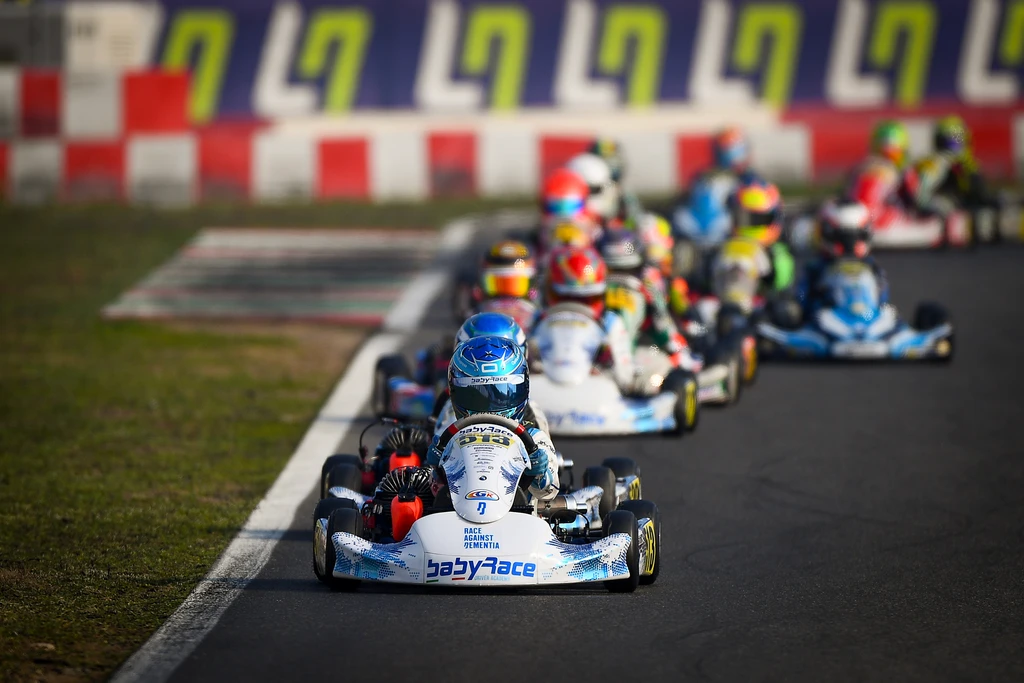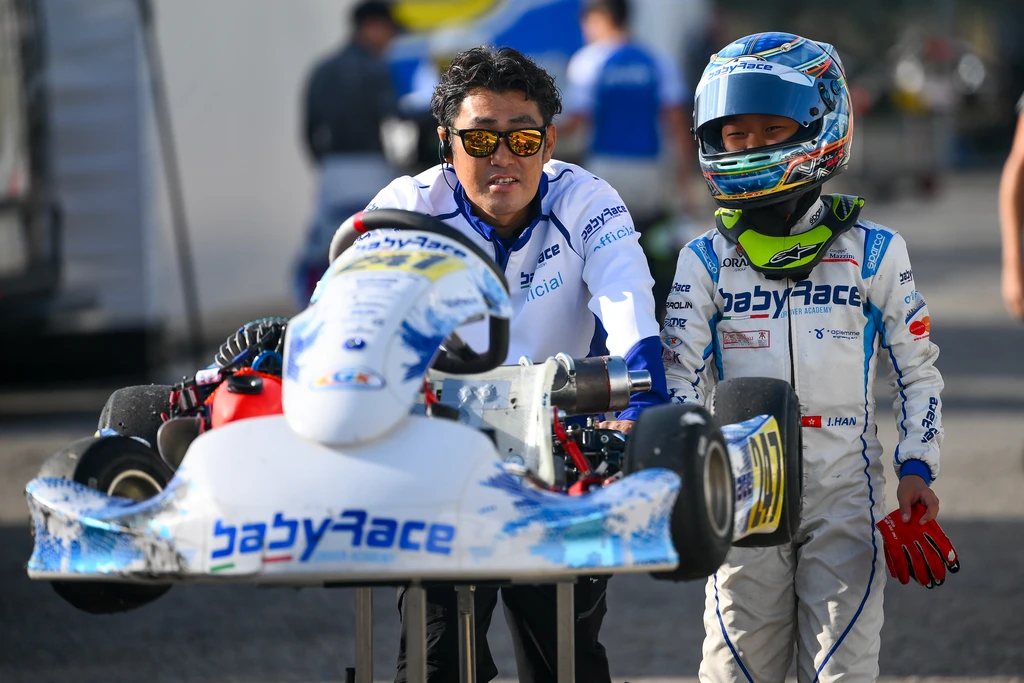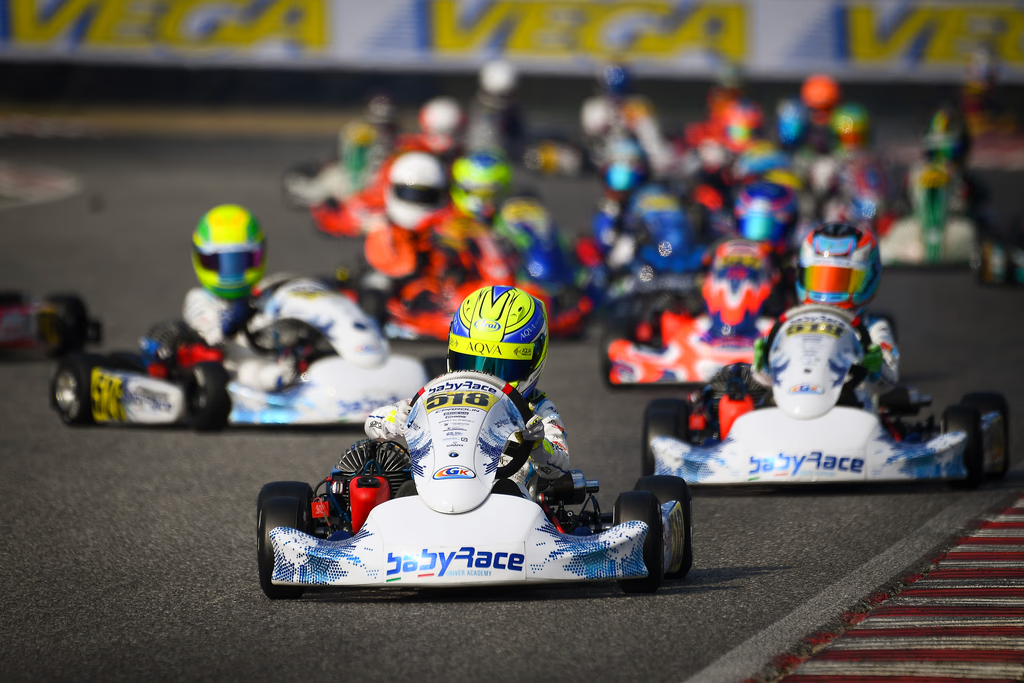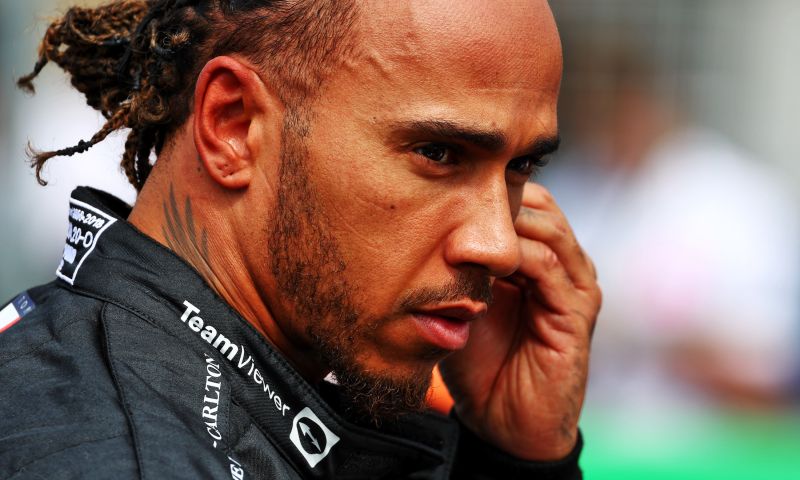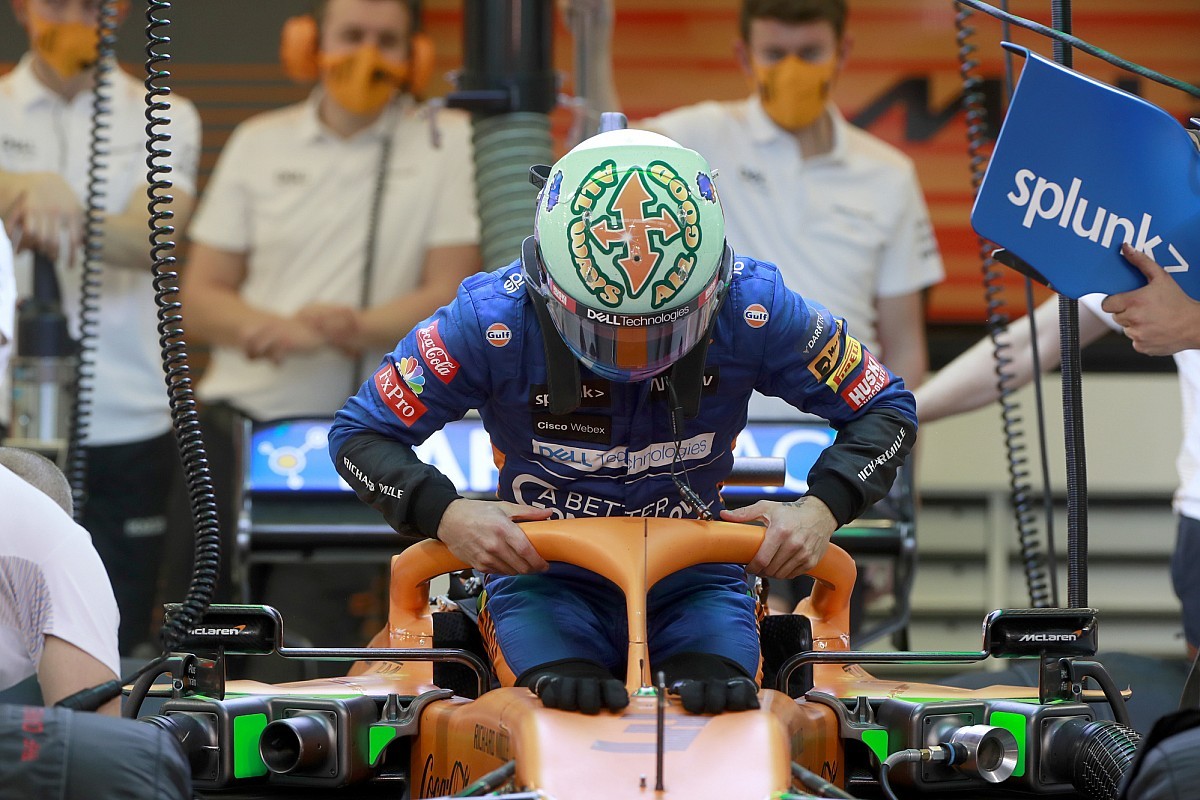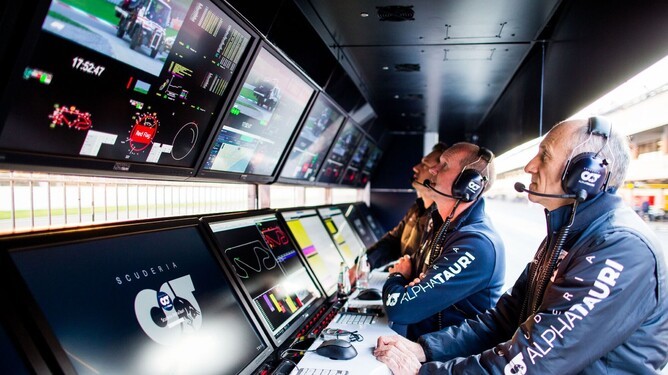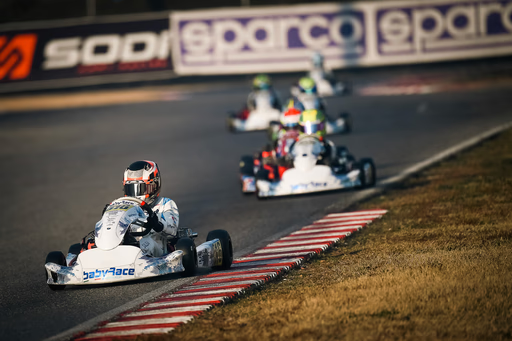If there’s one relationship you really need to invest in as a racing driver, it’s the one with your mechanic.
I mean it.
Honestly, if the communication is off, or worse, if there’s no communication at all, you’re going to have a really hard time performing at your best.
Yes, because your mechanic is your biggest contributor to your success.
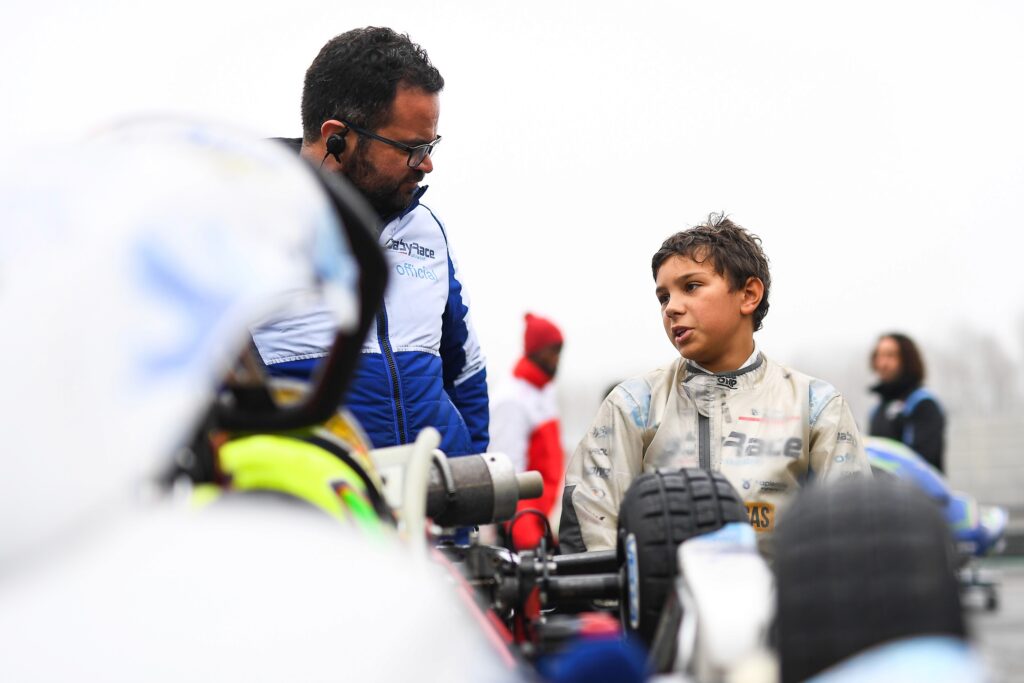
I’ve seen it countless times.
Drivers who aren’t clear with their feedback, or who don’t even bother building a real connection with their mechanic… They struggle. A lot!
You’ve got to treat your mechanic as a real teammate, not just someone who mounts tires and changes axels.
Build a Common Language
Start by talking through what hand signals he’s going to use with you and what they actually mean. Things like:
- “Drive clean”
- “Keep pushing”
- “Pick up the pace” (how do you dare!😉)
- “Use your head”
- “Roll back”
- “You’ve got a gap behind you” (my favorite one ahaha)
He needs to make the signs you expect, and more importantly, you need to actually look at him!
Especially at a new track, when he gives you the first sign of the weekend, acknowledge it. Nod.
Give a thumbs up. Let him know you’ve seen it so he doesn’t have to change his position on the ladder.
If he’s standing there signaling and you ignore it, eventually he’ll stop doing it. If he keeps telling you to roll back or to box, and you don’t, then well…
Imagine what you would do if you were him…
I don’t think you would keep making any sign, would you?
And that’s a massive loss — because having live, mid-session feedback is gold. Pure gold!
Stay Cool and Show Respect
Look, race weekends can get emotional.
But whatever happens out on track, don’t come back and unload all your frustration on your mechanic.
Poor him. He may not have a ny responsability at all if your engine blew up.
Swearing, blaming, snapping — that’s not the way to build a winning team.
He’s there because he loves the sport, just like you do. So treat him with respect.
Say thanks. Bring him a snack or drink (a RedBull always helps😉) once in a while. Show him you appreciate his work.
Ask Smart Questions
Your mechanic sees a lot. He’s watching your kart, the other drivers, lap times, how the chassis behaves, so ask him good questions:
- “Where do you think I’m losing time?”
- “How’s my consistency looking today?”
- “What do you think about my overtakes?”
- “How does the setup seems from the outside?”
Even if he’s not a coach, his input is valuable.
Most mechanics have been around racing for years — some even raced themselves — so don’t underestimate what they might see from the outside.
Review Data and Video Together
This one’s huge. For real.
Sit down with him to look at telemetry and onboard video.
When you both see the same thing — understeer here, oversteer there — you’re speaking the same language.
Suddenly, he understands exactly what you’re feeling in the kart, and you both know what needs to change.
It’s not just “I had understeer” — it becomes, “I had understeer mainly in high-speed corners, so let’s adjust X instead of Y.”
I can’t stress enough the importance of this kind of communication.
It’ll help you big time when things get tough and the chassis isn’t perforing as you wish.
Final Thoughts
The driver-mechanic relationship is one of the most underrated aspects of racing. But once you master it — once you’re on the same page, with mutual trust and respect — it’s a game changer.
So next time you’re at the track, talk to your mechanic. Really talk. Ask questions. Look for feedback. Build that connection.
It’ll pay off — not just in better lap times, but in better race weekends overall.
Just Senndit⚡
– Alessio Lorandi

